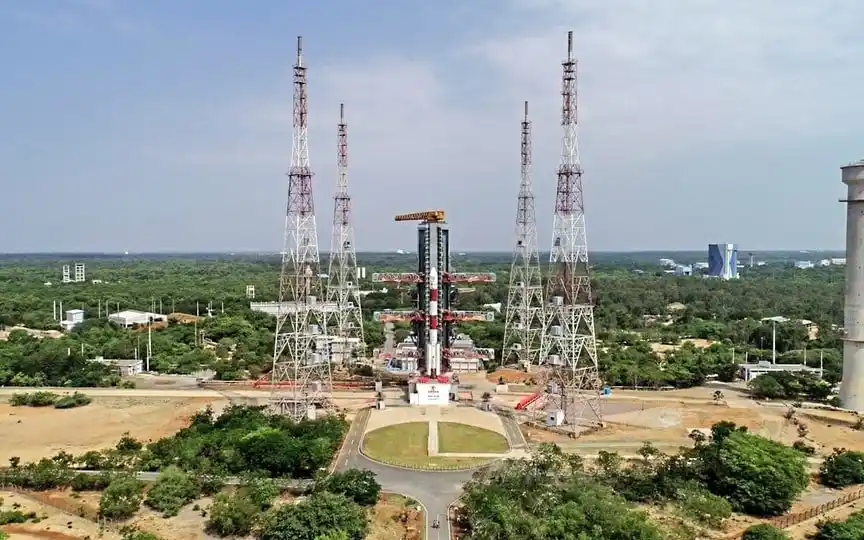Revised News Heading: India Establishes Its Presence in the Solar System
The Indian Space Research Organisation (ISRO) recently achieved success with its third Moon mission, Chandrayaan-3, as the Pragyan rover uncovers lunar secrets at the south pole. Today, ISRO has initiated its inaugural space observatory mission, Aditya-L1. Find out more about the mission’s key highlights below.
- ISRO broadcast a live broadcast of the entire launch of the PSLV-C57 rocket, and the audience cheered with joy as they saw and heard the loud vibrating sound of the rocket launch.
2. ISRO reported “Launch successful, all normal” from flight operations control as the craft exited the Earth’s atmosphere.
3. According to reports, the spacecraft will take about 125 days to reach Lagrange point 1 (L1). The craft consists of seven payloads that perform solar research.
4. The United States and the European Space Agency ESA have made several observatory missions to the center of the solar system. Japan and China also participated in solar environment research.
5. If India succeeds in placing a spacecraft at the L1 point, it will become the first Asian country to be placed in orbit around the Sun.
6. Astrophysicist Somak Raychaudhury told NDTV on Friday, “It’s a challenging task for India.” He also added that the mission will study coronal mass ejections and huge eruptions of plasma and magnetic energy from the Sun’s atmosphere.
7. The Sun is very active during this time as it nears the peak of its 11-year solar cycle. Experts believe that solar flares are so massive that they can affect the functioning of Earth and satellites.
8. Aditya-L1 aims to detect such massive bursts and send warning signals so that early action can be taken, such as powering down the satellite.
9. AFP reports that ISRO has designed the 320-tonne PSLV XL rocket to carry out India’s space programmes. Now, experts say, India is creating extraordinary milestones in very budget-friendly ways.
10. India has proved to the world that it can carry out big missions on a tight budget right from its first moon trip in 2008.
11. According to experts, India’s cost efficiency shows its ability to copy and modify existing technology.
12. In the next two years, ISRO plans to launch an orbiter to Venus and a Moon mission with Japan.




